Content warning: This article contains images of blackface.
Georgetown yearbooks contain images of Georgetown students wearing blackface and other racist costumes dating up to the 1970s.

A page from the 1943 yearbook featuring two students wearing blackface for the “Rumboogie Review.” (Ye Domesday Book 1943)
When Ari Goldstein (COL ’18) was researching old Georgetown yearbooks, called Ye Domesday Book, he found a 1942 description of a university performance centered around blackface. The event was put on by a number of student organizations, with the Mask and Bauble Dramatic Society being the only club named in the yearbook. Goldstein shared the pages on Twitter on Feb 8.
“I kept it saved on my computer for a while until I realized, in light of the recent revelations around blackface in Virginia, the importance of making it public,” Goldstein wrote in an email to the Voice. “So I posted it on Twitter, where I thought it might have maximum visibility.”
In the yearbook, the performance is described as an “old-time minstrel show, consisting of a dapper interlocutor, Robert Napier, surrounded by numerous dark complexioned gentlemen.”
After Goldstein’s tweet, the Mask and Bauble executive board denounced the actions of the performers in the organization’s past. They released a statement on Twitter reaffirming their mission to be inclusive to all students and condemning the racism and bigotry that blackface connotes.
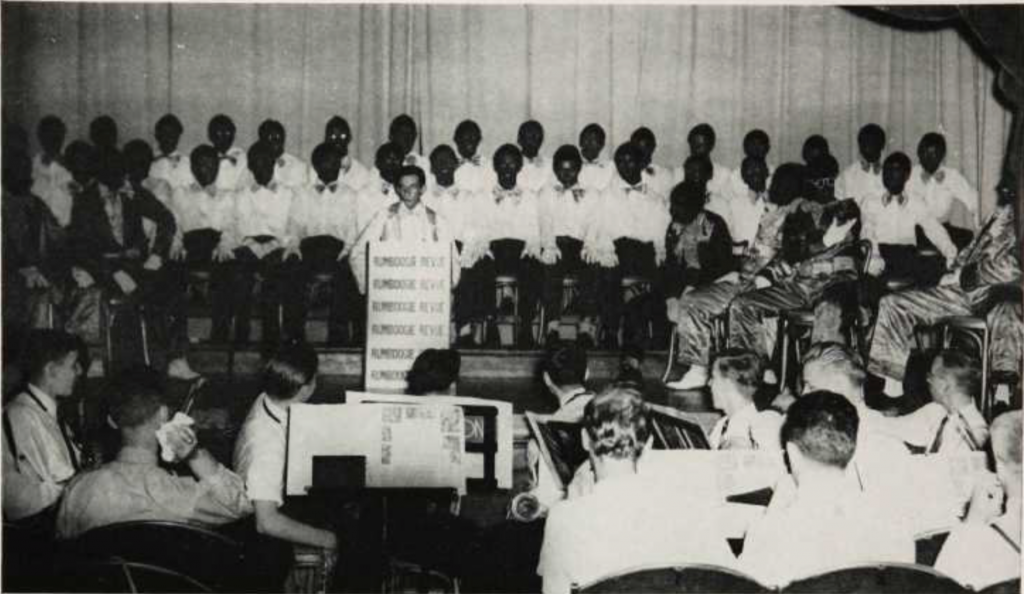
Students wearing blackface during the “Rumboogie Review” held in 1943 (Ye Domesday Book 1943)
“We at Mask and Bauble were disturbed and disheartened to discover evidence of racist behavior in our club’s past, specifically concerning circulating photos depicting the use of blackface in a 1943 performance,” the statement reads. “We expect that these photos are as deeply troubling to our community as they have been to us, and we want to stress that they in no way reflect our values or who we are as a community today.”
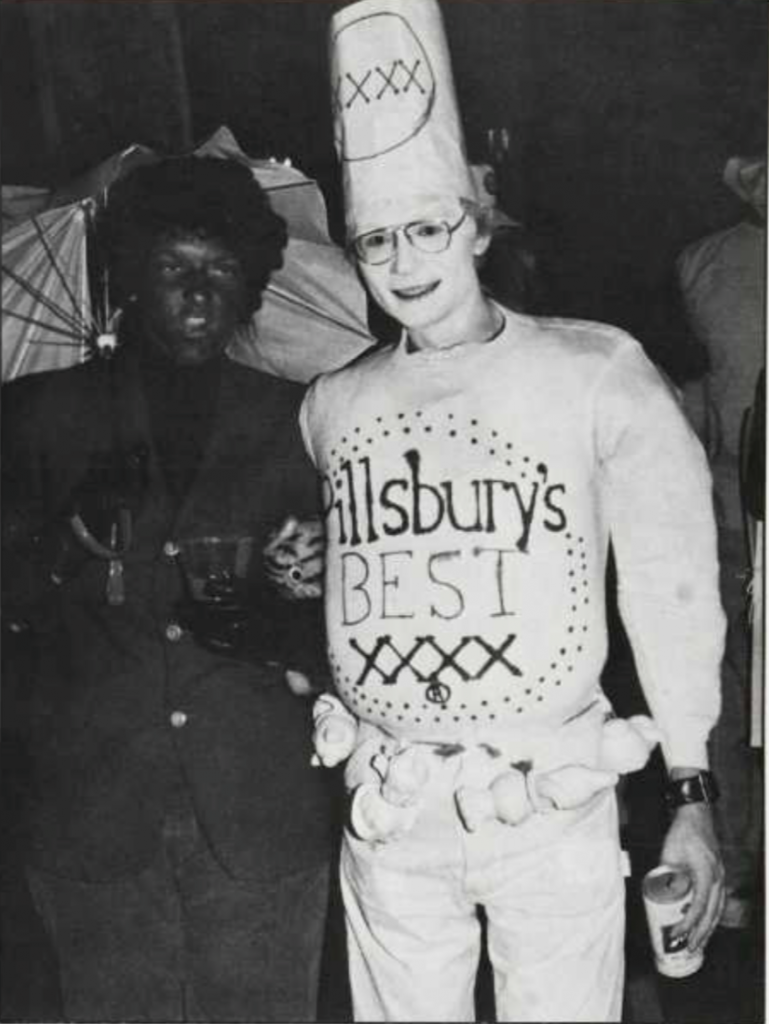
An uncaptioned picture shows two men at a party at Georgetown in 1978. (Ye Domesday Book 1978)
The examples of problematic images from Georgetown’s past range beyond just blackface. “I actually stumbled upon a lot of blatant anti-black racism in old yearbooks and other student media—not just blackface, but also racist poems, racial epithets, and glorification of the KKK,” Goldstein wrote. “There’s some pretty sexist and anti-Semitic writing, too. The only image I found of blackface was this one from a Mask and Bauble show in 1943, but I know there’s also a reference to a minstrel show in the 1903 yearbook, and I would imagine that there’s far more out there if someone were to dig deep.”
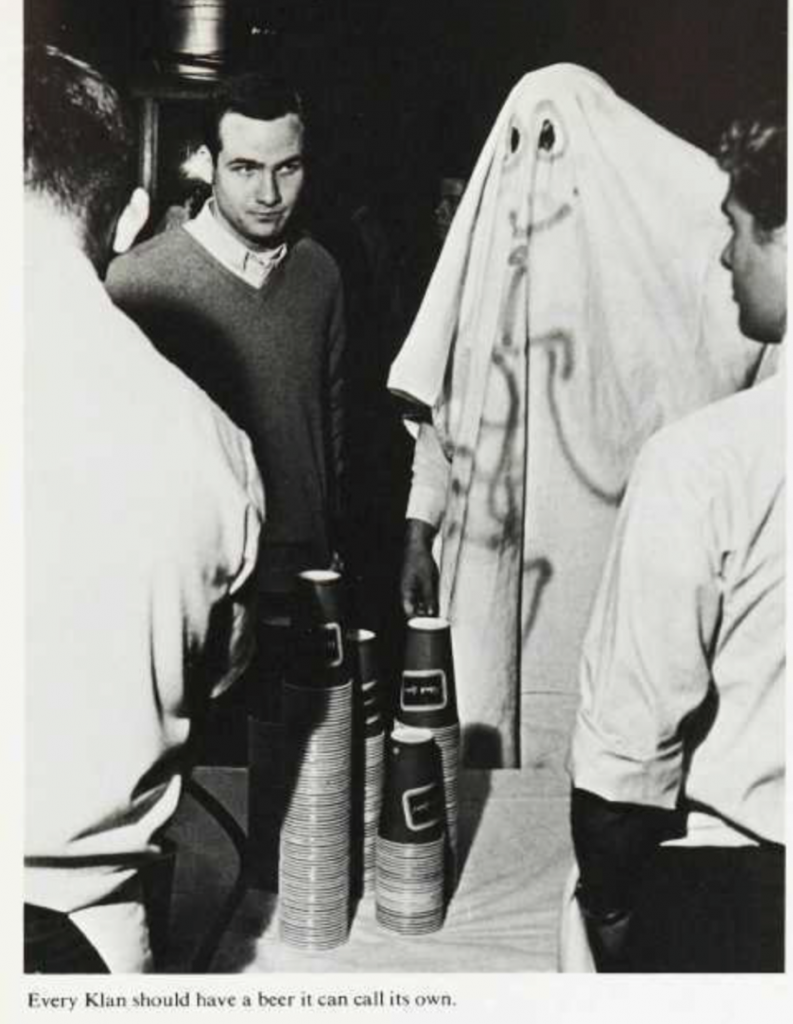
A photo from the 1978 yearbook with the caption, “Every Klan should have a beer it can call its own.” (Ye Domesday Book 1978)
The Voice has also found several other yearbook images containing examples of “Indian” ceremonies in Gaston Hall, “Zulu chief” freshman hazing rituals, jokes about the KKK, as well as blackface at parties. The most recent picture, labeled under a yearbook section named “Parties” was in 1978.
These discoveries come in the aftermath of Virginia Governor Ralph Northam and Attorney General Mark Herring’s own blackface incidents. Northam has admitted to wearing blackface during medical school and has thus far resisted calls to resign. Herring admitted to wearing blackface in college and has yet to make a decision on his future.
At Georgetown, they also come in the shadow of the recent passage of a GUSA referendum calling for a reconciliation contribution for descendants of the 272 enslaved people sold by Georgetown in 1838. While acknowledging the importance of the university’s response to the slavery revelations, Goldstein believes that there are many other objectionable aspects of Georgetown’s past that cannot be ignored.
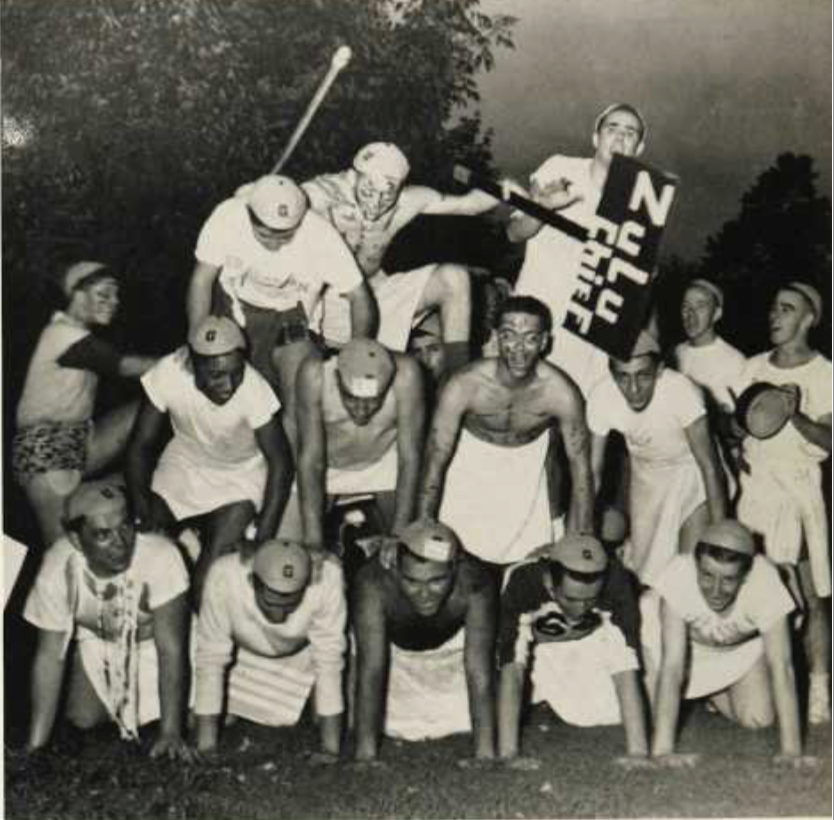
A group of freshmen dressed as “Zulu chiefs” during a hazing event in 1953. (Ye Domesday Book 1953)
“The important takeaway is the depth of racism that pervaded our community long into the 20th century, which has yet to be seriously explored or atoned for in a public way—racism that was more casual, and often student-led, than the university’s involvement in slavery…in the 19th century,” Goldstein wrote. “I hope that Georgetown’s oldest student organizations each take it upon themselves to engage the racial sins of their past, not just through statements—although statements do matter—but through research and reconciliation.”

Students dressed as “chiefs” and “braves” during a pre-graduation celebration in Gaston Hall in 1943. (Ye Domesday Book 1943)


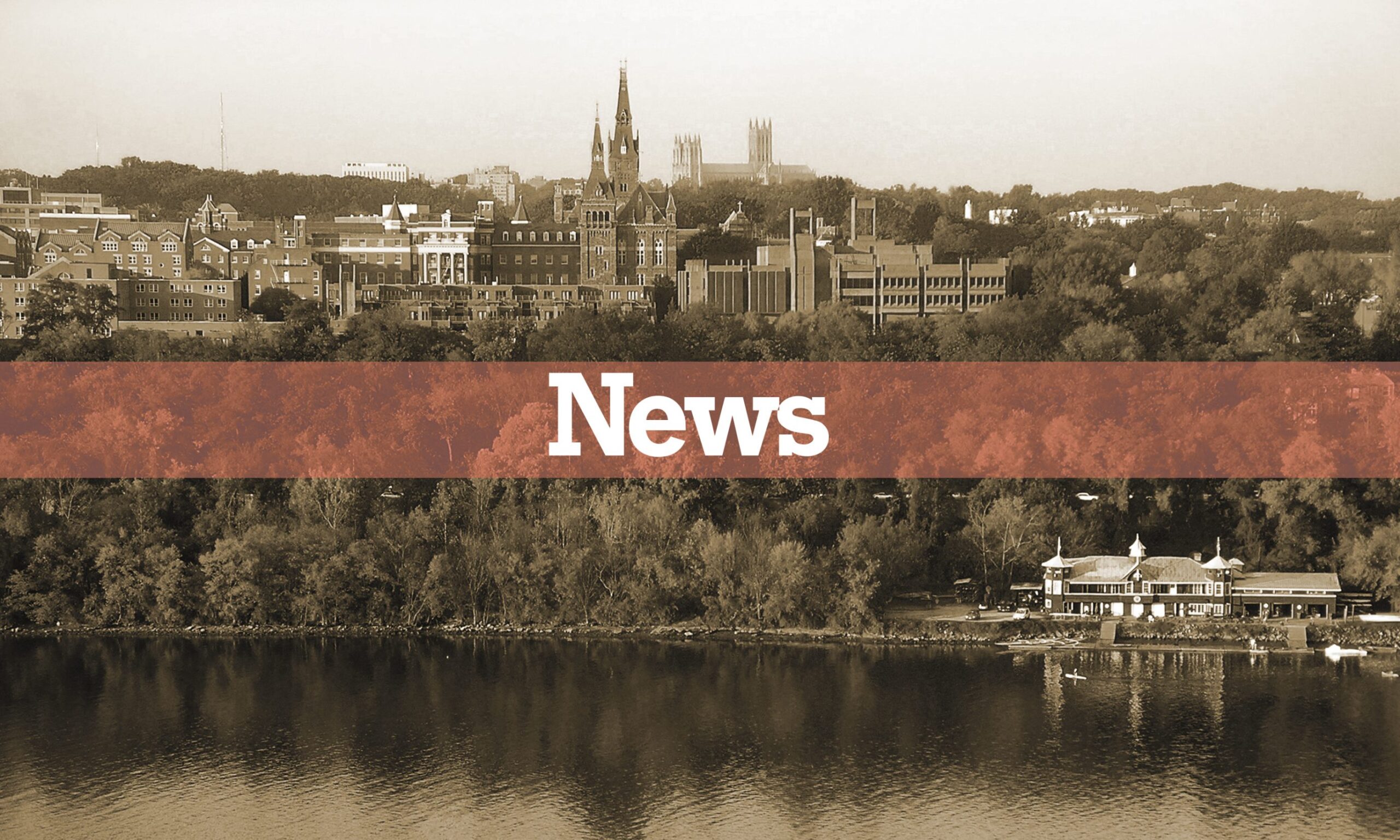
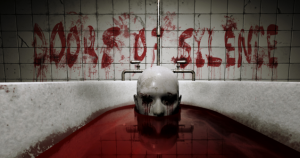


[…] a recent review of the archives, the Georgetown Voice found instances of blackface as recently as 1978 and instances of white students wearing Native American […]